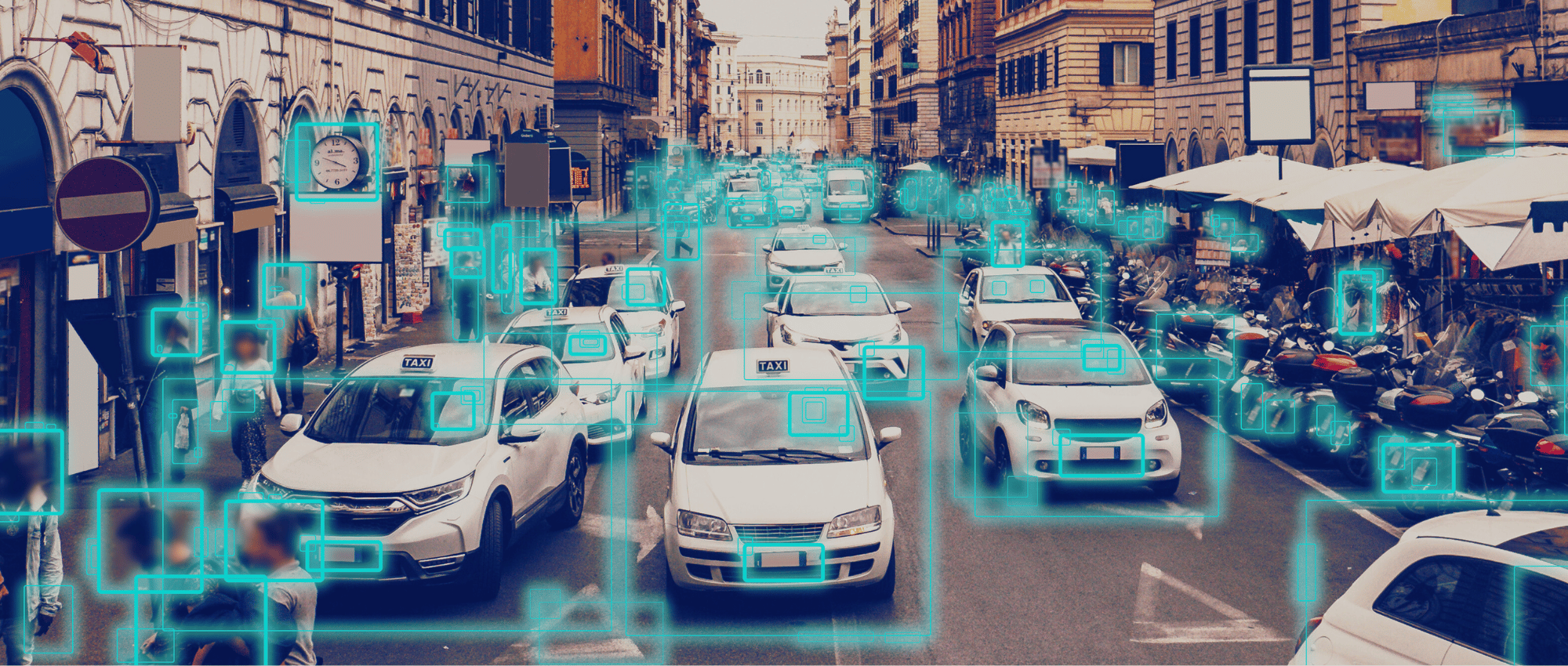Robotic Process Automation, chatbots, and other digital-first approaches
This is where you’re going to see a huge adoption of tools and tech in the hospitality industry in the next 3-5 years.
RPA is the technology that allows anyone today to configure computer software, or a “robot” to emulate and integrate the actions of a human interacting within digital systems to execute a business process, such as elements of customer experience. RPA robots utilize the user interface to capture data and manipulate applications just like humans do. They interpret, trigger responses, and communicate with other systems in order to perform a vast variety of repetitive tasks. Only substantially better: an RPA software robot never sleeps and makes zero mistakes.
We started this discussion last week. Let’s go deeper.
As a result of said definition, these are the processes that RPA typically handles best, with applications back to the hospitality industry:
- Highly manual and repetitive processes: Think about high-transaction volume or processes that occur daily. Accounts receivable and invoicing fall here, often.
- Prone to human error: What are some of your processes most prone to human error, that then causes additional work for others? HR functionality, reservation-taking, etc.
- Rule-based processes: Think of processes that follow a specific set of “if-then” type rules, and can easily be turned into a template. Reservations, room-switch over calendars, and more fit here.
- Low exception rate: These would be processes with a low number of various scenarios. Booking a standard tour, for example.
- Standard readable electronic input type: Excel, Word, XML, ERP, CRM, readable PDFs. There is now RPA work being done with unreadable types, including OCR — but that does require an assessment of what’s necessary to make it readable.
- High volumes: high-transaction volume and high frequency.
- Mature and stable processes: Think of well-documented processes with known operational costs. Again, billing often falls into this bucket.
Now pause on RPA and start thinking about chatbots. Customer experience and support are typically the main focus of a chatbot. 63% of customers typically stop dealing with a company after one poor experience, and 70% don’t want to wait more than two minutes for an answer they seek. Chatbots specifically address both of those concepts.
Some of the ways hospitality brands use chatbots tend to include:
- Improving customer service: This means getting customers quick answers to FAQ, or reducing wait time, giving customers another option instead of waiting, etc.
- More effective shopping process: A customer sends specifications to the chatbot, and the chatbot can go into the inventory or contact the sales department directly — plus, preferences get saved, so the next time the customer returns, that information is pre-loaded.
- Personalization: Instead of a customer having to navigate a website with potentially hundreds of different pages and navigation options, the chatbot creates a 1-to-1 conversation.
- Response rate: Chatbots can reply to 100% of messages, which humans often do not do (largely because of time being a finite resource). When responses are actually answered, you obviously have a better chance of converting a visitor to a buyer.
- The automation of repetitive tasks or questions: This saves your business time, and it keeps your customers happy. Who wants to wait forever for the answer to a simple question, when you can get it quickly from a chatbot?
The third bucket of “digital-first” or digital transformation initiatives tends to be generalized digital consulting, which means taking stock of your digital processes and seeing where there are potential new efficiencies.
Conectys actually helps hospitality brands with all three buckets, including RPA, chatbots, and overall digital transformation experience. Our partners in automated processes include UiPath and Google, so you’re getting the best vendors in the world, along with our expertise and execution.
Overall customer experience
We touched on this a little bit above in terms of how RPA and chatbots can improve the CX of a hospitality brand, but there are obviously other, bigger questions that such a brand needs to consider, including:
- How do we make our experiences safe?
- How do we communicate that safety to customers? (This goes to moderation.)
- How will we experiment with different group sizes?
- What data will we be looking at to see how successful these programs are?
- What surveys or voice of customer plans do we have?
- How can we rise above what competitors are doing?
These questions showcase an important part of planning for “The New Normal.” Some people think the path out of it is tech, tech, more tech (we call those “Borg” vendors), or they think the path is relentless cost efficiency, cost arbitrage, etc. Those things do matter. Technology is important, and perhaps the most important thing in modern business. If your tech stack is garbage, people won’t flock to you. Cost containment is crucial. But … beating competitors in The New Normal is about a delicate mix of technology, maximizing people, minimizing cost, and finding the right balance of tech-driven efficiency and people-led experiences, especially within hospitality.
Phrased another way: you don’t need as many dealing with the low-end elements of customer experience, like bookings and FAQs on certain packages. That can be handled more effectively by tech, and usually, an RPA project can scale up in 6-9 weeks, depending on specific needs. So within the next quarter, you could be maximizing efficiency at one end of the CX spectrum. Then the challenge becomes: how do you re-empower those human beings, or hire them back, to focus on higher-touch elements of the customer experience that automation cannot provide?
The final wrinkle here: if you use agents and contact centers for elements of moderation and CX, you need to be able to scale up and scale down rapidly because it’s important for cost structure and hospitality companies naturally have busy seasons where they need more people and off-seasons where they need fewer people. The fluctuation of scale is crucial. We can also provide that.
The bottom line
Travel has been largely grounded for almost 15 months as of this writing. Resorts, tours, experiences, and other elements of hospitality branding have as well. We’re starting to emerge into a “Human Spring” of sorts, and the travel bug will be there. Savings accounts are a bit more robust in the first world because of limited opportunities to spend in the past year and a half, and some of that money will be flowing to hospitality brands. The challenge for them is … how do they embrace The New Normal to manage a healthy top-and bottom-line and consistently delight customers? The answer is complicated, but simultaneously simple: tech for efficiency and people + tech for delight. If you want to talk more about this, we would love to discuss how our tech stack and proprietary approaches and scale up/down hiring and rapid agent deployment can make 2021-2022 your best period yet.















